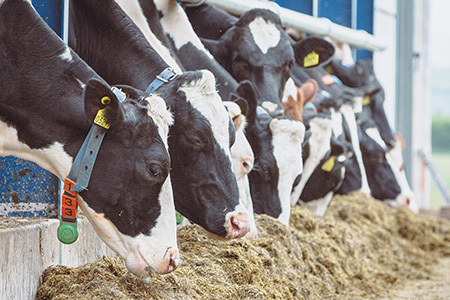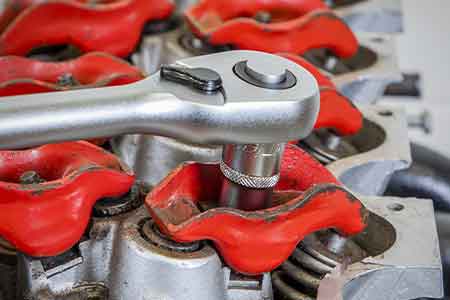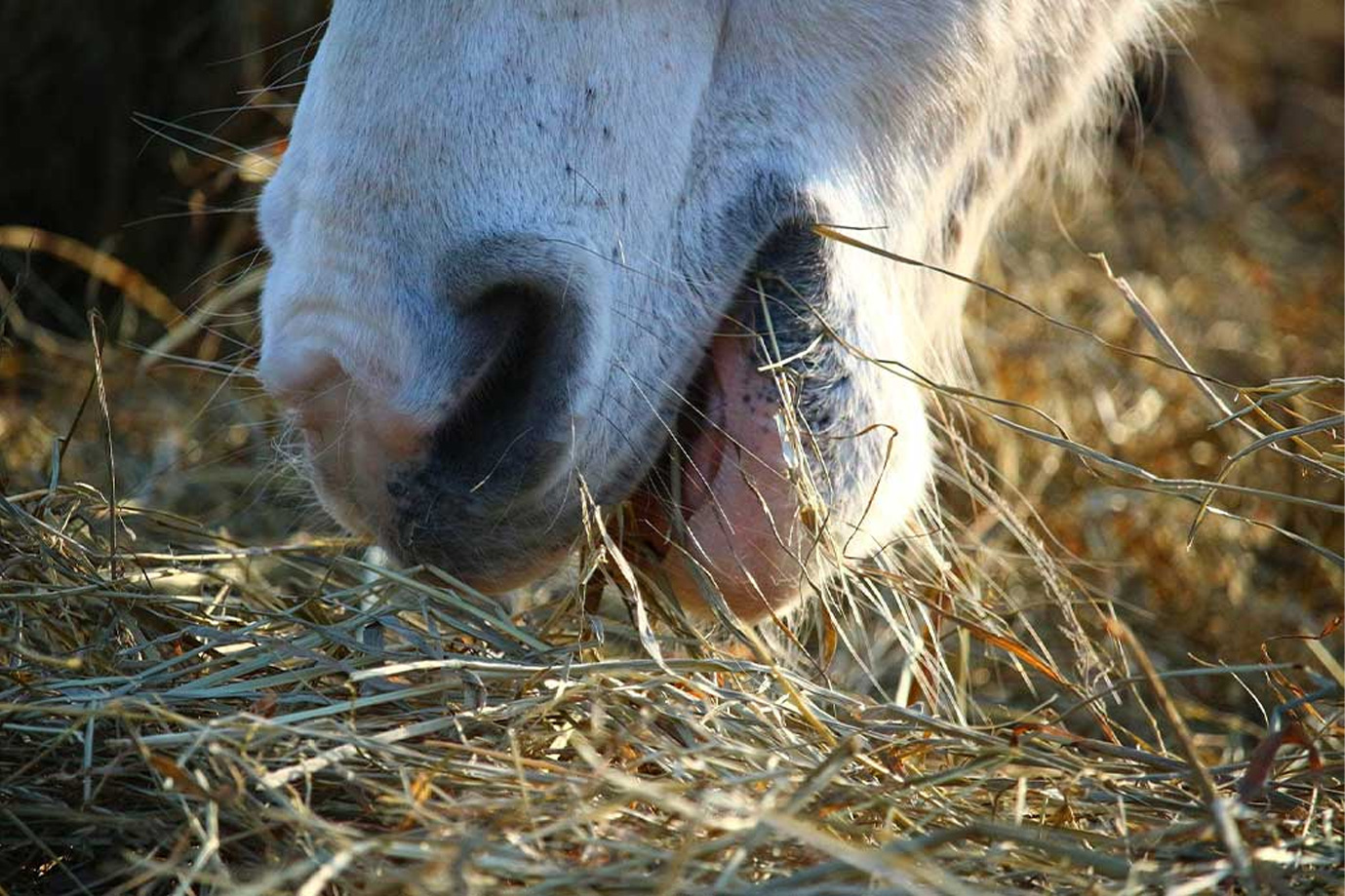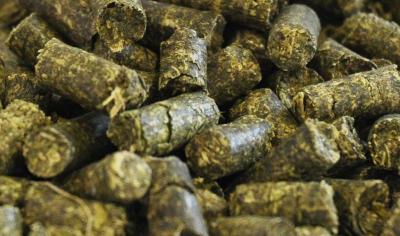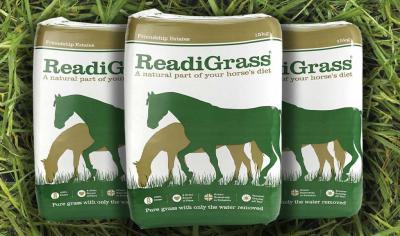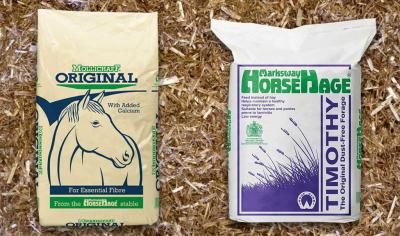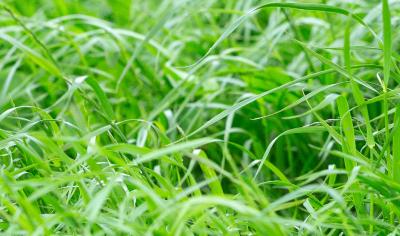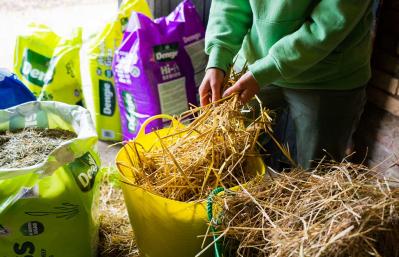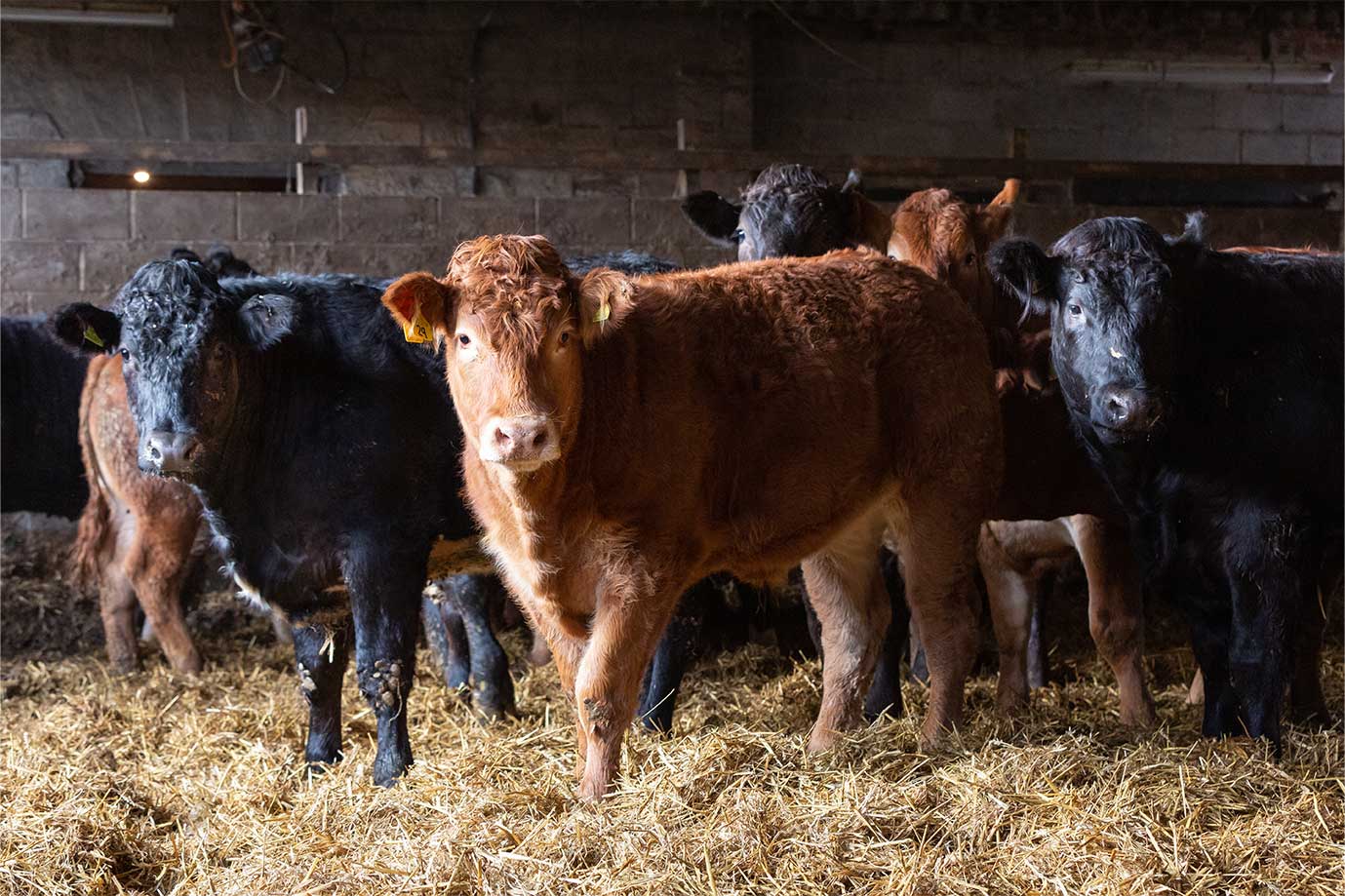Equine
The Latest Advice On Feeding Horses And Ponies With Gastric Ulcers
Over the last decade, studies have increased our awareness and understanding of Equine Gastric Ulcer Syndrome but there is still much to learn. We know there are two distinct diseases which affect different areas of the stomach: Equine Squamous Gastric Disease (ESGD) and Equine Glandular Gastric Disease (EGGD). Whilst a recognised aetiology and recommended management regimes exist for ESGD, less is known about EGGD.
Facts about Forage and Fibre
Feeding horses is both an art and a science – the science gives us information about nutrients and what they do and the art is about applying it to each individual horse or pony. Fibre is a great example of this. Research has confirmed the importance of fibre for maintaining health and well-being but there are lots of different sources and types of fibre available. Knowing which one is best for a particular horse or pony is where the art of feeding comes in.
The Benefits Of Alfalfa For Livestock Species
Alfalfa is a commonly used ingredient in feeds for a wide variety of species including livestock, horses and pets such as rabbits.
BETA Feed Fact Fortnight – ReadiGrass
The majority of any horse or pony’s diet should be fibre and the most natural way to provide it is with natural grazing -grass! Other fibre sources are long stem forages such as hay or haylage and short chopped forages such as dried grass, straw and alfalfa (chaff).
BETA Feed Fact Fortnight – HorseHage and Mollichaff
This will depend on your chaff. If your chaff does not contain any additional vitamin and minerals, we would recommend adding them to ensure a balanced diet.
TIME4TURN-OUT: How To Improve Your Paddock
Correctly managing paddocks can make a big difference to the amount of grazing/hay available for your horse, and also help withstand the pressures from the multiple demands that are made from it. Alongside low productivity, poorly managed fields can be the source of many internal parasites and poisonous plants.
Feeding For Breeding
Horslyx provides all breeding stock, including broodmares, foals and stallions, with optimum levels of vitamins, minerals and trace elements to balance the deficiencies in forage and grazing, whilst also including biotin, chelated zinc and methionine to encourage healthy hoof growth for the years ahead.
Laminaze For Seasonal Support
Spring is on its way and the warmer temperatures together with springtime showers means one thing – grass growth! Great news for some, but for at-risk equines it can set alarm bells ringing. Not just our natives, but good do-ers of all types may be prone to weight gain, and the associated risks.
Healthy Gut, Healthy Horse
Some people worry about how their horse will cope with winter, whereas for others it’s a chance to get that summer weight off. Whether looking to maintain or gain weight then it’s vital that the gut is in optimum health.
Obesity – What’s The Problem
Whilst there is still much to be learnt about the relationship between obesity and disease risk, it is generally accepted that being overweight predisposes an animal to disease.

